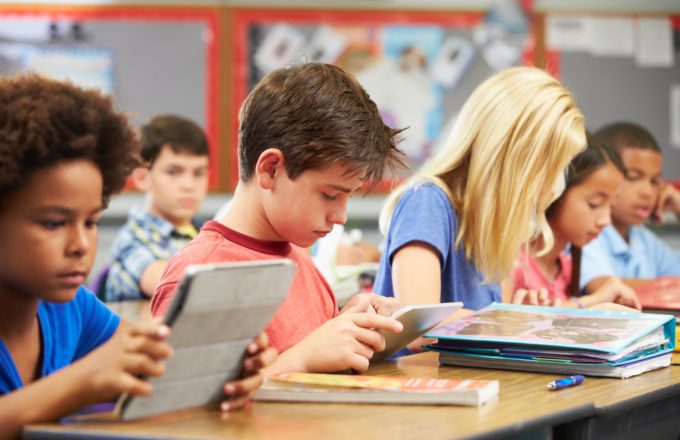February 7, 2017
Reading Remediation Overview
Reading remediation is often at the center of instruction for students with language-based learning disabilities. While prescriptive in nature, reading instruction can take many forms and follow a variety of programs. At the core of this remediation is the need for structured practice that includes specific and immediate feedback with an opportunity for application. When implementing teacher suggestions, students should read material that is at a comfortable level in order to best improve their oral reading skills. For many, reading from a text presents a multitude of challenges. Small fonts, minimal margins, and visually overwhelming pages are just a few of the complications that can affect fluent reading. In order to accommodate for these challenges, teachers have used strategies such as highlight markers to focus students’ attention on just one line at a time, which helps to decrease the number of words in view. But what about the other print factors?
Application of Technology
Technology provides an alternative means of addressing some reading difficulties. The use of internet-driven texts and e-Readers allows students to alter settings for font size, margin size, text color, and the amount of words that appear on the screen at once. Recent studies have drawn the following conclusions on e-Readers:
From these studies and additional research, it is clear that technology should never replace instruction. The use of technology can provide students with a means of altering the appearance of the text presented to them, but remediation is still necessary to improve their ability to read that text independently.
Johnson, Carolyn. (2013). “Personal discovery on dyslexia may aid many: Scientist explores how small screens can make a difference.” The Boston Globe.
Kraft, Amy. (2015). “Books vs. e-books: The science behind the best way to read.” CBS News.
How Does This Connect to Landmark’s Teaching Principles™?
Technology in the form of e-Readers and internet-driven materials is designed to provide students a different avenue for accessing material. Therefore, instruction and remediation stay at the forefront while technology becomes a platform for using multiple modalities, which is Landmark’s second teaching principle. This technology allows students to gain access to curriculum through a different modality while the curriculum itself remains the same. For the full text of the Landmark Teaching Principles™, including “Use Multiple Modalities,” click here.

Let us know what you think! Email outreach@landmarkschool.org to share your thoughts and strategies.

